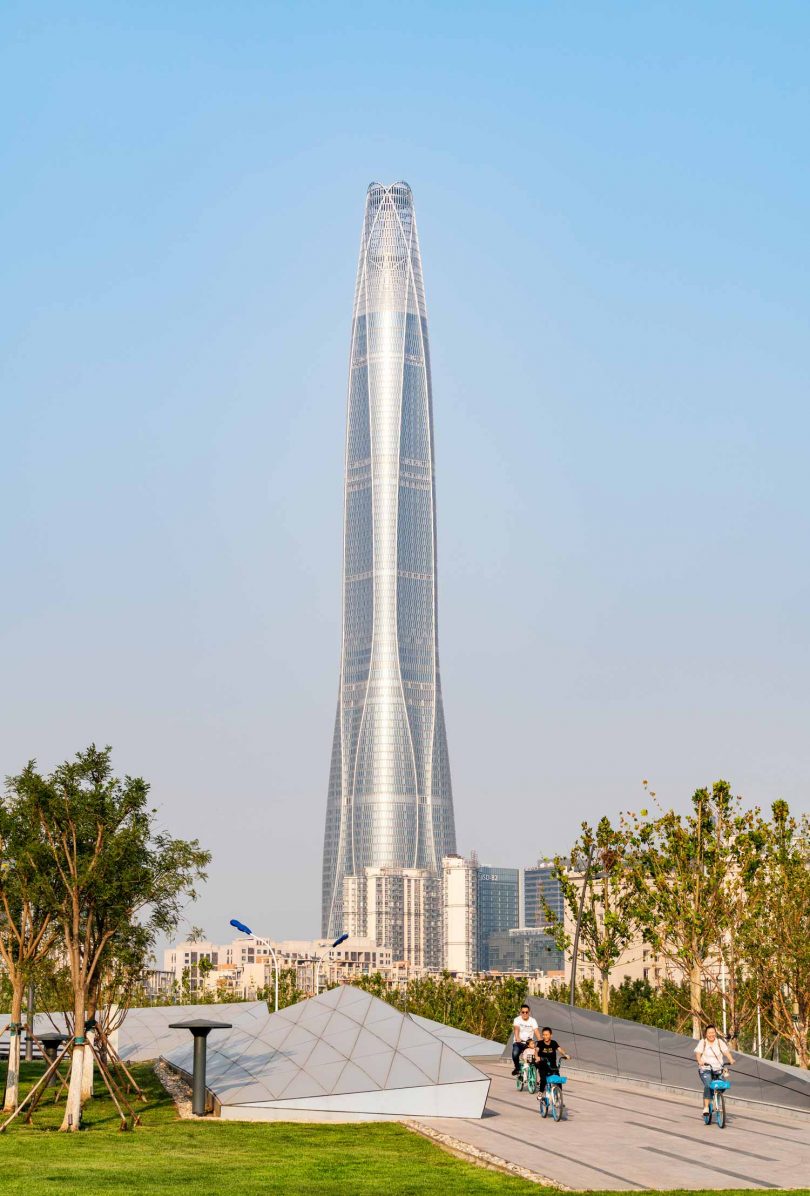The Tianjin Chow Tai Fook (CTF) Financial Centre is a recently-completed project by Ronald Lu & Partners (RLP), with the aim to advance architectural design in the digital age for quality living.
Using Building Information Modelling (BIM) technology, this 530-metre-high tower is the seventh-tallest building in the world and the third-tallest in China. BIM significantly reduced the time and cost of the tower’s construction, and played a vital role in optimising its striking, crystal-clear hyperboloid winding glass curtain wall.
At the start of the construction process, experts estimated that at least 1,308 pieces of independent asymmetric insulating glass units (IGUs) would be required for its distinctive curtain wall structure, formed by the intersection of eight irregular curved surfaces. However, after performing BIM analysis and using repeated data modelling, the number of independent IGUs needed for the centre’s curtain wall was reduced by over 60 per cent to 476 pieces only.
As a result of this BIM analysis and implementation, the project was completed a full four months ahead of schedule. Not only did it save an enormous amount of resources and significantly reduced costs, it also minimised the risks inherent in fabricating and transporting these glass panels.
“We have experienced the many advantages of BIM first-hand: integrating cross-departmental information resources, optimising construction times, ensuring economic costs are kept down, and solving complex structures,” said Bryant Lu, the Vice Chairman of RLP, who has been a champion of BIM for more than a decade.
The Tianjin CTF Financial Centre has already won several awards, including the highest honour recognised by the Royal Institution of Chartered Surveyors’ China Awards 2020, as well as other internationally prominent awards including the China BIM Certification Alliance’s Platinum Award and the Steel Structure Gold Award at the China Construction Metal Structure Association’s Annual Outstanding Engineering Awards. — Construction+ Online

 Malaysia
Malaysia Singapore
Singapore Indonesia
Indonesia Tiếng Việt
Tiếng Việt ประเทศไทย
ประเทศไทย










